This post was originally meant to be published on October 9, 2013, but due to the federal government shutdown was delayed until now.
Just like the Capitol Building and the White House, the Washington Monument is instantly recognizable thanks to countless images both from the ground and air. Viewers are familiar with TV shows and films that feature a shot of the monument that reveals the location as Washington, D.C.
The 555-foot tall structure that honors George Washington's leadership during the American Revolution marks its 125th anniversary today as it officially opened in 1888.
Building of the monument started in 1848 and continued until 1884, with construction breaks due to funding challenges, political issues, and the Civil War. The monument even came up during a Board of Regents meeting in 1846 - the year the Smithsonian was established - during a discussion of land for the Institution:
Resolved, That the Regents of the Smithsonian Institution do select and adopt, as the site for their buildings, so much of the Mall, in the city of Washington, as lies between Seventh street and the river Potomac, subject to the power of Congress to grant any portion of the same west of Fourteenth street to the Washington Monument Society, for the purpose of erecting a monument thereon, if the consent of the persons named in the fourth section of the act to establish the Smithsonian Institution for the increase and diffusion of knowledge among men be obtained thereto; and that, upon such consent being obtained in due form, the Secretary is hereby instructed to cause the said ground so selected to be set out by proper metes and bounds.
The monument was dedicated February 21, 1885, and the iron staircase inside was publicly accessible in 1886, according to the National Park Service. The monument though was closed to the public for most of 1887 because of vandalism by visitors. The Los Angeles Times reported in May 1887 that marble was chipped throughout the monument and bronze letters on a memorial stone were missing, in addition to scratches and names being etched onto the stones. These stones embedded in the walls were from individuals, societies, states, and nations.
The 1888 opening we celebrate today was the start of the public elevator service. The Washington Post reported that 32 people made that inaugural trip on October 9 after a few test runs by the crew. The elevator made it all the way up without any problems, but the reporter pointed out that a worker had climbed up some steps within the monument, got on top of the elevator, and actually rode on it to monitor the cables on the trip up. The article reported the view was amazing but the air was cold.
The monument now is covered in scaffolding and is closed while repairs are being done because of damage sustained during an August 23, 2011 5.8 magnitude earthquake in Mineral, Virginia. This event though was not unprecedented because in 1884 workers on top of the monument felt the effects of an earthquake in Ohio. No damage was reported then. Restoration work also was done from 1996-2000.
The monument is expected to reopen in 2014.
Related Resources
- Washington Monument, National Park Service
- Live cam from Washington Monument, EarthCam
- Ben's Guide to the U.S. Government for Kids, U. S. Government Printing Office
Produced by the Smithsonian Institution Archives. For copyright questions, please see the Terms of Use.

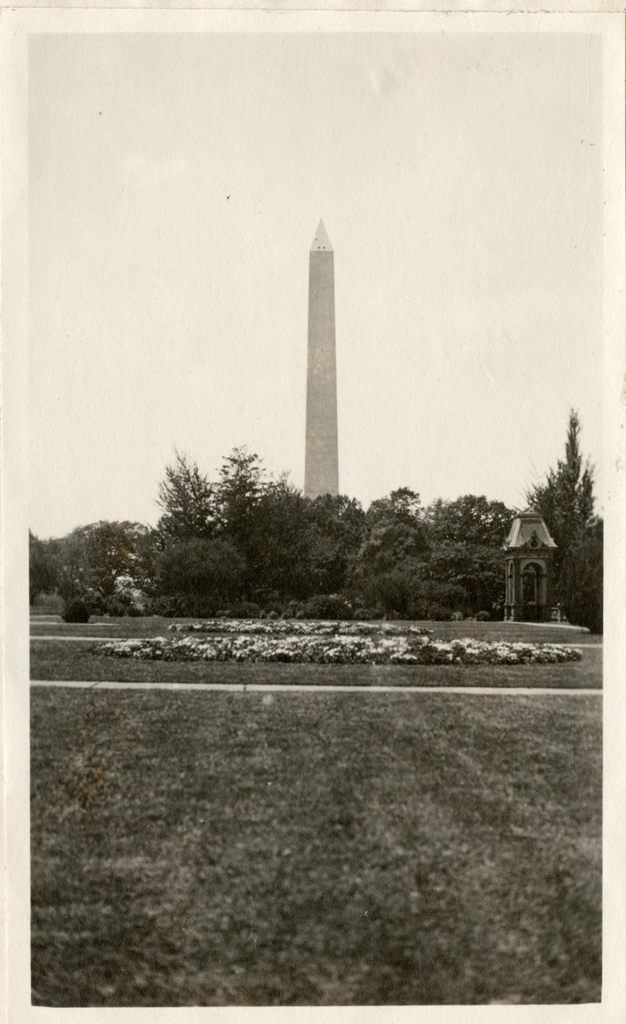
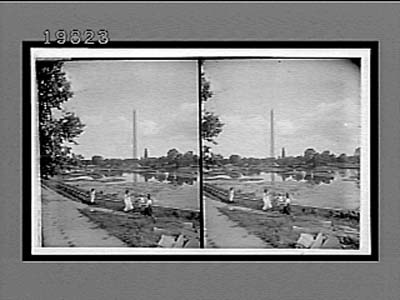
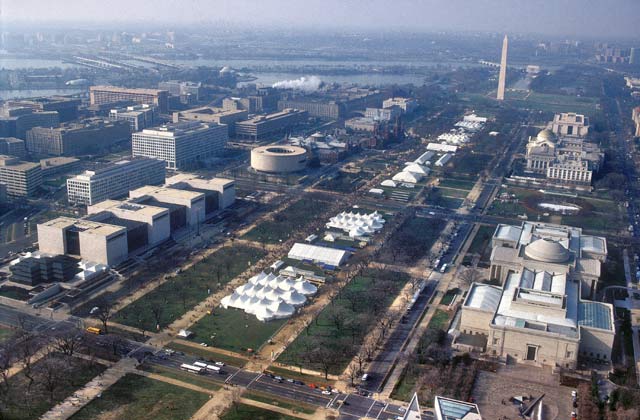
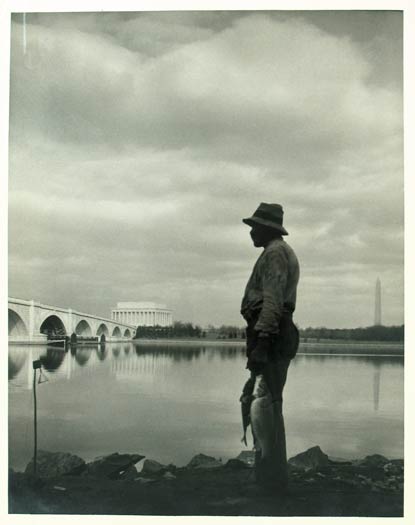


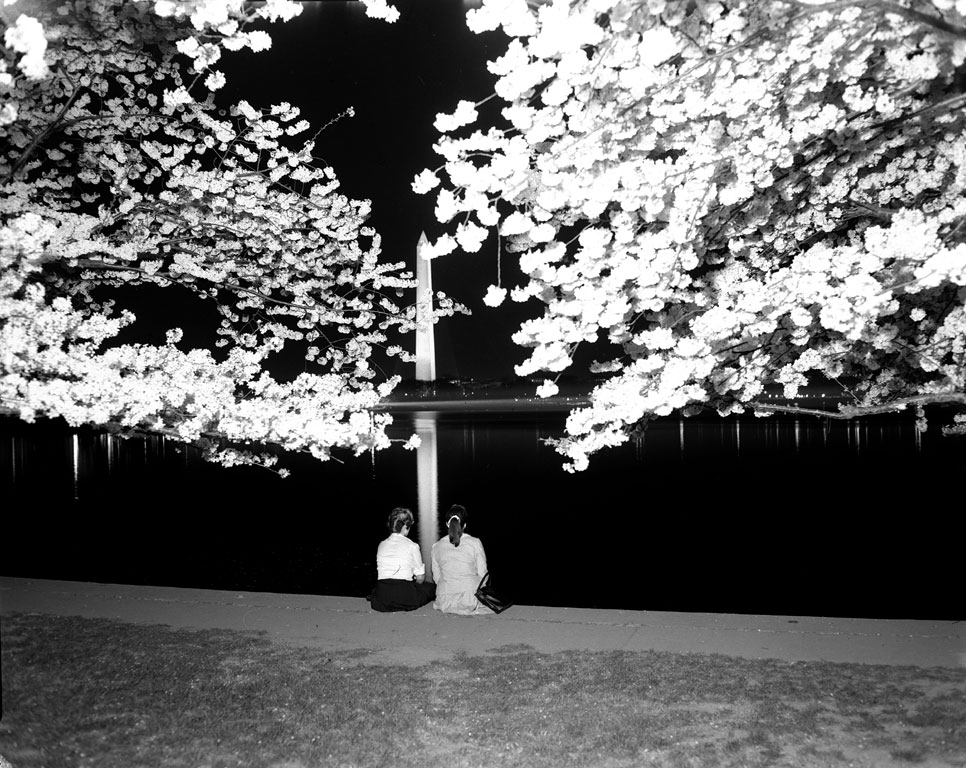

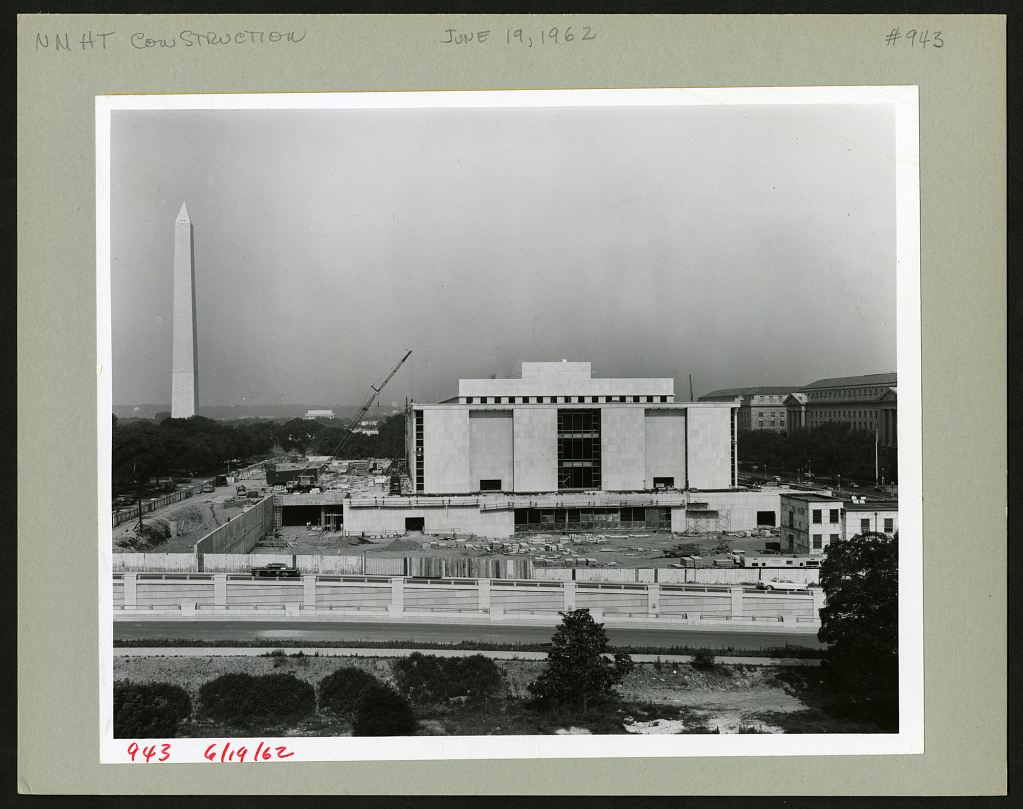
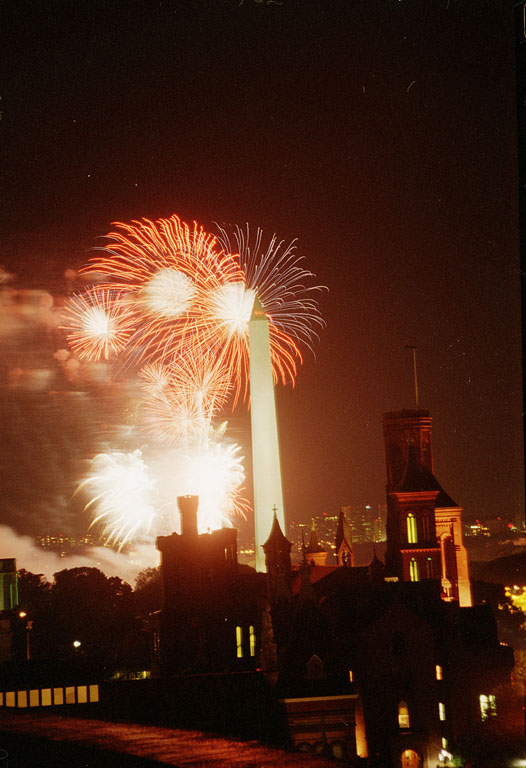
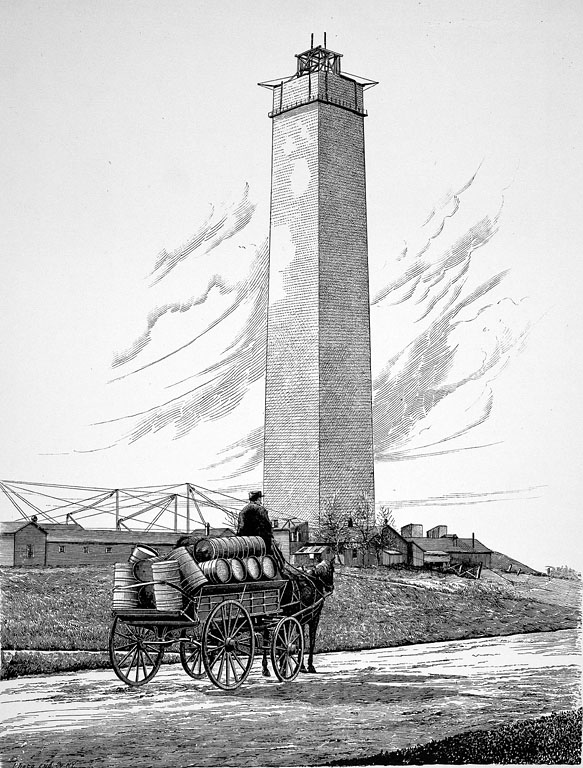

Leave a Comment